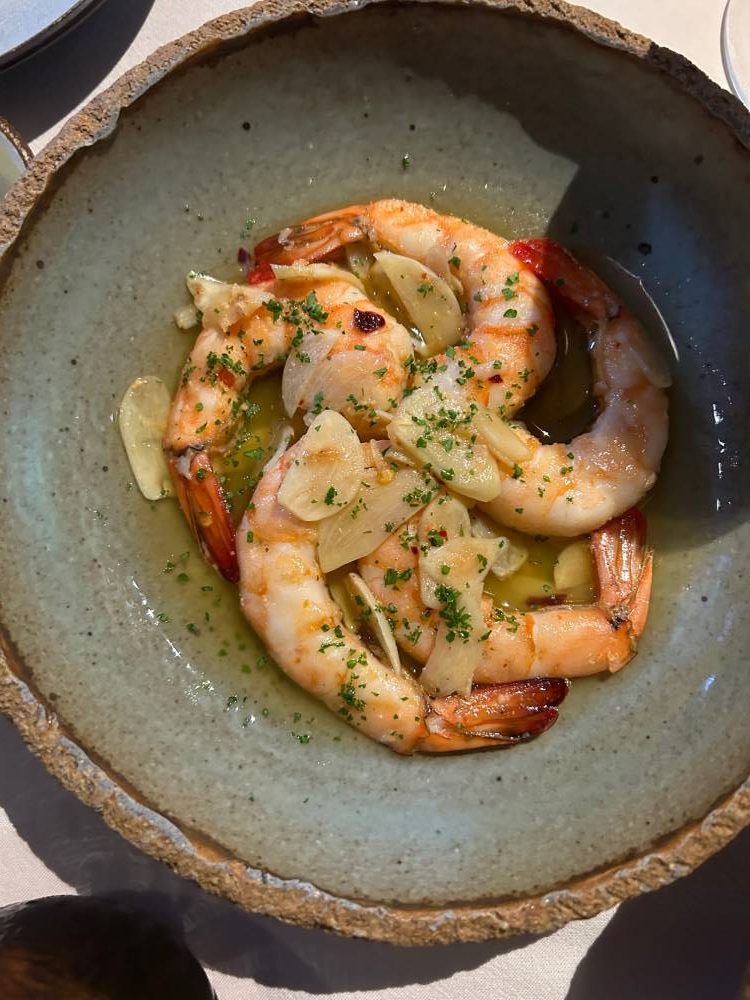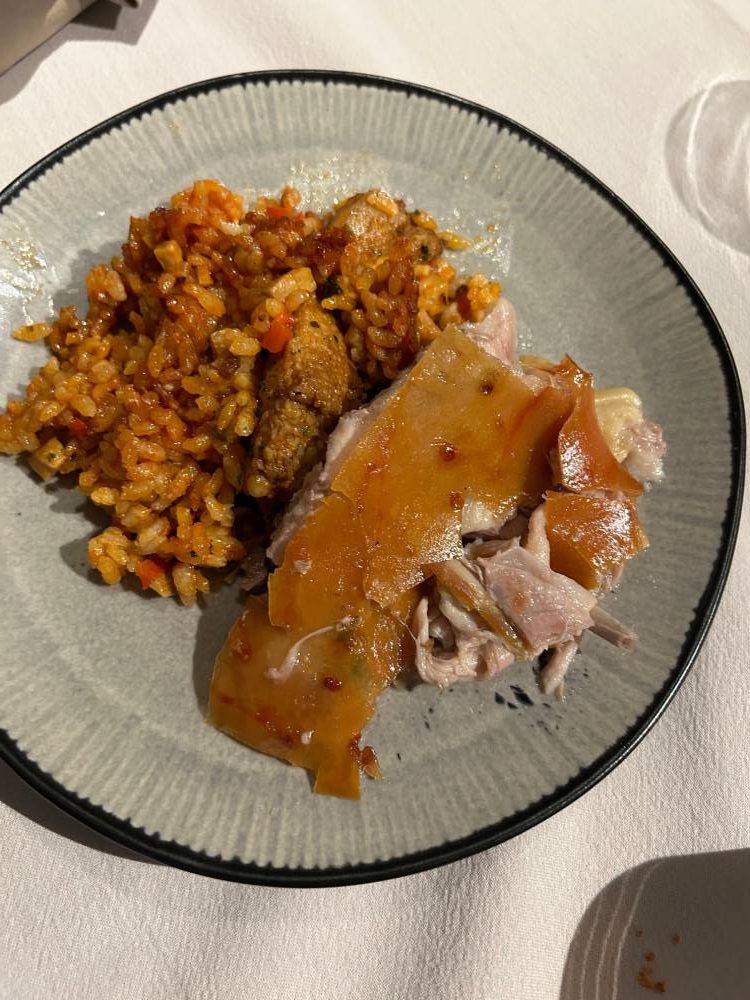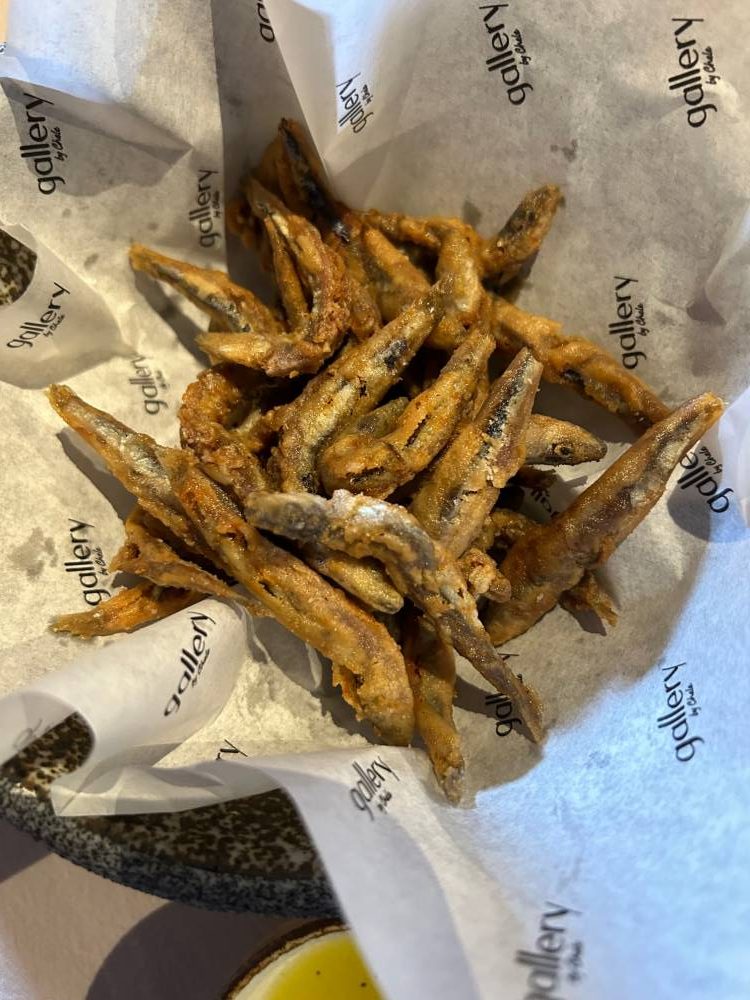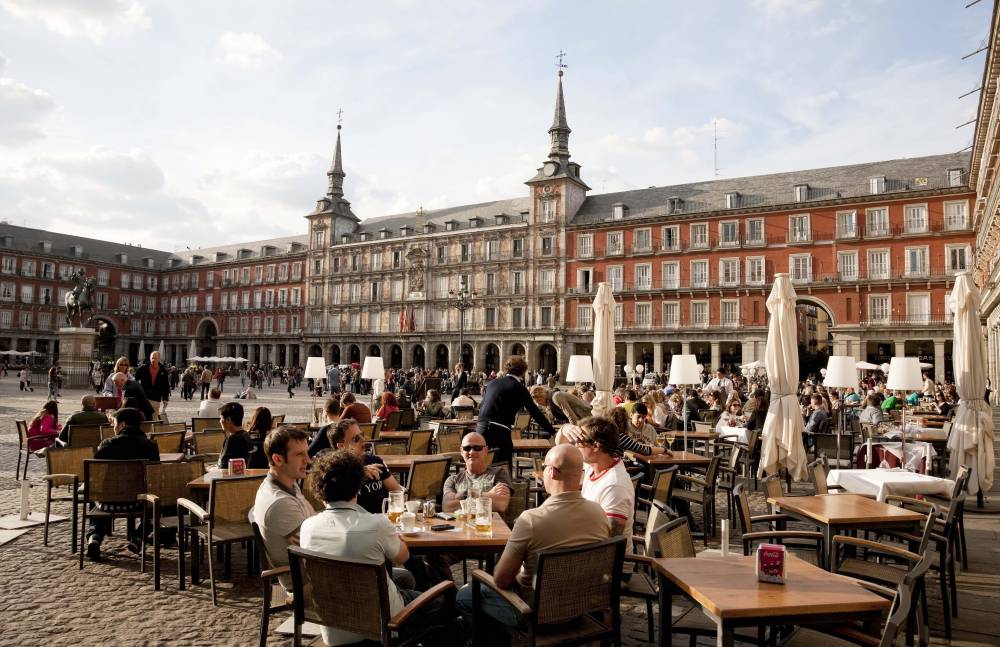From saffron to churros: Appreciating Spain’s food and produce

When Spain Tourism Board market analyst Vien Cortes asked Filipinos on the street what word comes to mind upon the mention of the country Spain, these three were the most common responses: “cross,” “priest” and “conquistador.”
These were obviously outdated perceptions. That’s why Vien, along with Marta Fernandez, the new tourism counselor of the Embassy of Spain and director of the Spain Tourism Board for Asean, Australia and New Zealand, has her work cut out to spread awareness on what the European country really has to offer—although this is something that shouldn’t be hard on the culinary front.

Here are some examples of what Spain puts on the table.
Prized possessions
Spain is among the top five countries that produce saffron, protagonist in beloved dishes such as Provençe’s bouillabaisse or the Persian chelo ba tahdig. It is highly coveted for its earthy sweet flavor profile, floral fragrance and orange hue. It is considered the world’s most expensive spice by weight, as it takes 15,000 hand-plucked stigmas to get just one ounce.
Another choice produce the country is recognized for and churns out a lot of is figs. In Western Europe, the Spanish region of Extremadura is known to be the largest producer of the sweet fruit. There are two particular fig varieties found in the country: the “flowering fig brevas,” which are large and dark in color, and the autumn fig, which is light, greenish, comparatively smaller and very sweet.



Spain is also the world’s leading source of olive oil, responsible for about half of the world’s total, exporting 46 percent of its output. The Andalucia region in the southern part of the country is renowned for this product. There are over 200 olive varieties that are being cultivated in the country, each having a distinct flavor and aroma. Another gastronomic achievement is how 13 percent of the world’s vineyards are in Spain, more than Italy and France. It has 969,000 hectares of vineyards, over 4,300 wineries, exporting wines to 189 countries.Spanish is one of the cuisines that Filipinos definitely love indulging in, evidenced by the celebrated endurance of restaurants like Cirkulo, Alba, Bar Pintxos and Rambla.
Dishing it
Also addressed as the Spanish doughnut, the fried dough snack called churros is typically eaten for breakfast along with thick hot chocolate or café con leche. There exists two kinds: a thinner and often knotted variety typically found in the northern parts of Spain, and a longer and thicker type, also called porras, popular in Andalucia.
A Spanish tortilla is usually filled with ground meat, shrimps or Serrano ham. But did you know that the original version does not have meat? Also known as tortilla española or tortilla de patatas, it is a simple dish made primarily of eggs, potatoes, onions, olive oil and salt.
Spain also boasts of a wide array of cheeses, each with its own unique flavor, texture and characteristics. There’s manchego, with a range of variations, from fresco and semicurado to curado and viejo; Idiazabal from the Basque Country and Navarre; cabrales, which is the most famous blue Spanish cheese; and mahón, a firm cow’s milk cheese that is rubbed with olive oil and paprika while being cured.

Finally, did you know that a famous Spanish surrealist artist designed the logo of the lollipop brand Chupa Chups? It was designed in 1969 by Salvador Dalí, and its first marketing campaign was the logo with the slogan “Es redondo y dura mucho, Chupa Chups,” which translates to: “It’s round and long-lasting.” INQ
Angelo Comsti writes the Inquirer Lifestyle column Tall Order. He was editor of F&B Report magazine.

















